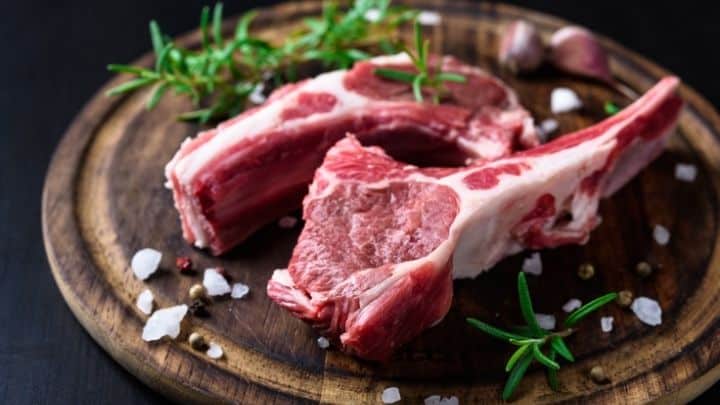
The thought of cooking with a new ingredient can be intimidating, especially when it is a critical component of the meal like meat. But speaking to the butcher at your local meat market can lead to a new culinary adventure if you are willing to cook with lamb. There are many ways that each part of the animal can be cooked that will make a lasting impression. Explore this guide to choosing different cuts of lamb.
Like other varieties of meat, there are several different parts of the animal. Each of these parts has a different flavor profile and require different methods of preparation. Here is more information on the different cuts of lamb meat.
Located exactly where you would expect it to be, the meat from the shoulder cut is tough but also very flavorful. To get the most out of this cut of meat, it is recommended to use it in a stew or as part of a slow-roasted meal. The best way to retain all that rich, natural flavor is to cook the lamb shoulder while it is still on the bone. Then, after being slow-cooked, it will fall off the bone with your fork. Lamb shoulder is typically less expensive than the leg of lamb, another cut of meat that needs to be cooked slowly to experience the best flavor results.
Some of the most tender slices of meat originate from lamb loin. It is another cut that is great for roasting, but you should take precautions to not overcook it, lest it loses some of its moisture during the process. The loin comes from the middle of the back, where the muscles don’t get much use. This is why the meat from there is so tender and juicy. There are several popular cuts of loin of lamb, including loin chops, Barnsley chops, and noisettes. Loin meat is great for grilling and goes well with several different cultural dishes.
The rack of lamb is a cut that features either seven or eight ribs with the loin meat still attached. This is amongst the most sought-after cuts of meat, also making it one of the most expensive. The rack of ribs is usually separated into smaller, but tender, rib chops. This cut is very similar to prime rib that comes from beef or pork crown roast. While they may be narrower than the other meats, the meat makes up the difference with flavor. Overall, the presentation of the rack of lamb is quite impressive with the fanned-out bones. This cut is typically very easy to prepare and leaves everyone at the dinner table happy.
When it comes to cuts of lamb, the breast resides squarely in the center on the flavor and tender scale. There are innumerable different ways to prepare breast meat, but two of the more popular methods are roasting and braising. This meat is usually less expensive than other lamb meat cuts and is quite tough when not cooked properly. Lamb breast is very fatty, which is part of what gives the meat its flavor and tenderizes the meat while cooking. The meat itself comes from just below the chop and is between the front and rear legs of the animal.
Meat from the lamb’s shank has an intense, rich flavor that is best expressed through longer, slower methods of cooking. It is recommended to use this meat in a stew or for braising. The added moisture from using these cooking methods helps to break down the meat, making it more tender. Lamb shanks can come from either the front or rear of the animal and are very meaty, yet lean. The fore shanks are smaller and less meaty than their hind shank equivalent, but more likely to be found in stores.
Leg of lamb is a remarkably versatile cut and can be cooked in many ways. Like what is found in the shoulder cut, this meat features a very strong flavor because of the work put in by the legs. This makes leg of lamb the leanest cut available. Lamb leg has a very high meat-to-bone ratio, making it perfect for family feasts. With the bone left in, leg of lamb is a very popular meal for holidays and other special occasions. Boneless leg of lamb shows off this cut’s versatility, having meat that can be sliced for kabobs, stews, chops, and other methods of preparation.
A guide to choosing different cuts of lamb would not be complete without looking at how to find the best meat. Simply knowing the cuts of lamb meat isn’t going to be enough to help you choose the freshest cut from the store. And in the case of lamb meat, newer is always better. If there are no date stickers to alert you, color is a good indicator of freshness.
Typically, the meat will darken as it gets older and you want to avoid anything darker than rosy red. Another indicator of meat freshness is that the fat on the sides will be firm and white. Finally, check for the USDA grade to get a better idea about the true quality of the meat. Lamb comes in four grades: prime, choice, good, and utility. The higher the grade, the better the quality of meat.
If you are having difficulty selecting the proper cut of lamb meat, ask your butcher to learn more. Not only can they advise you in finding fresh meat, but they can also suggest substitutions, offer cooking tips, and answer any other questions you have regarding lamb meat.
Here at Vincent’s Meat Market, we don’t mess around when it comes to meat. Proudly serving the Real Little Italy in New York City and offering overnight delivery to much of the United States, we have been a partner in family meals since first opening our doors in 1954. We are proud of our shop’s Italian heritage and being able to offer the best place to buy lamb and many other varieties of meat in the Bronx.
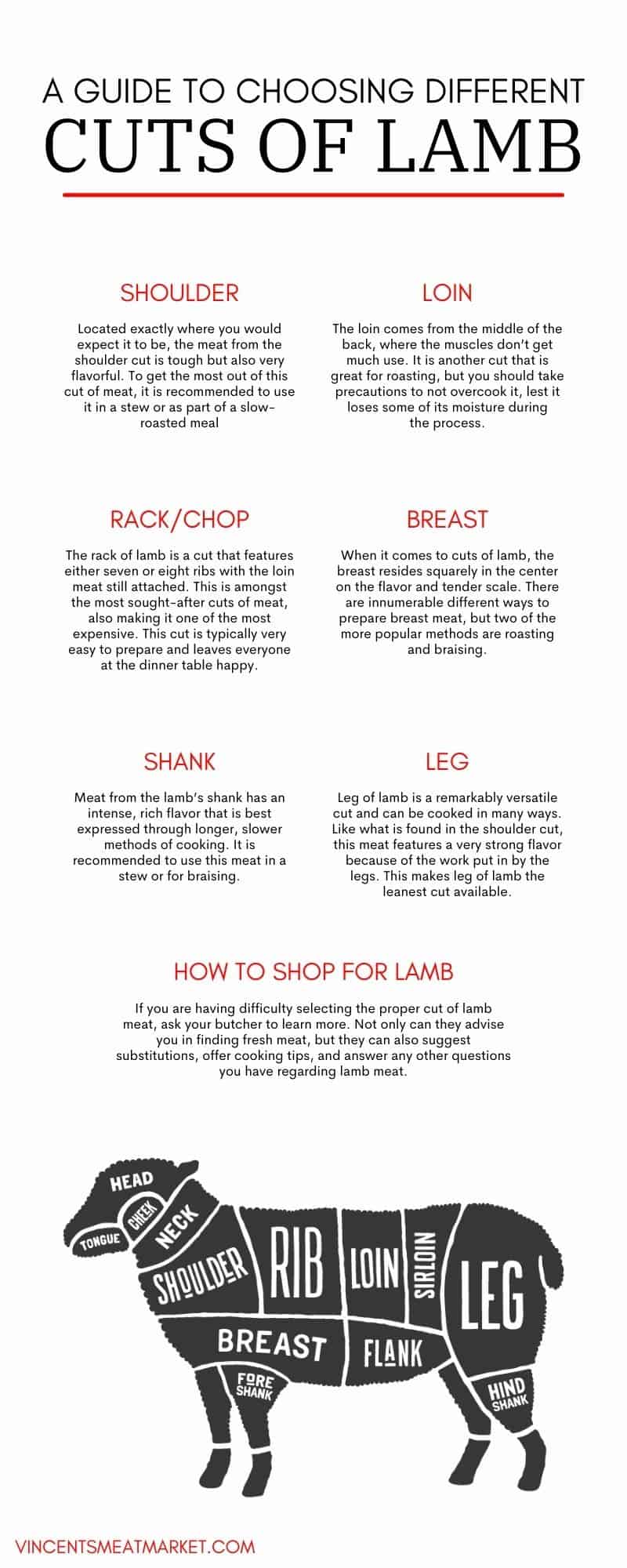

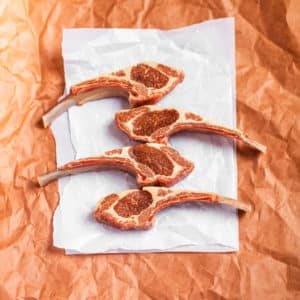
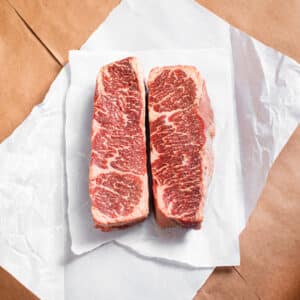
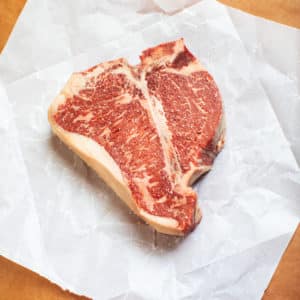
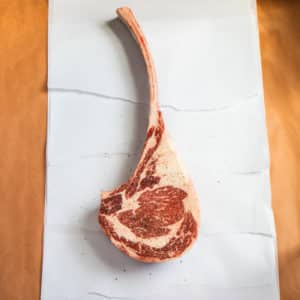
Fast Support! Text us:
